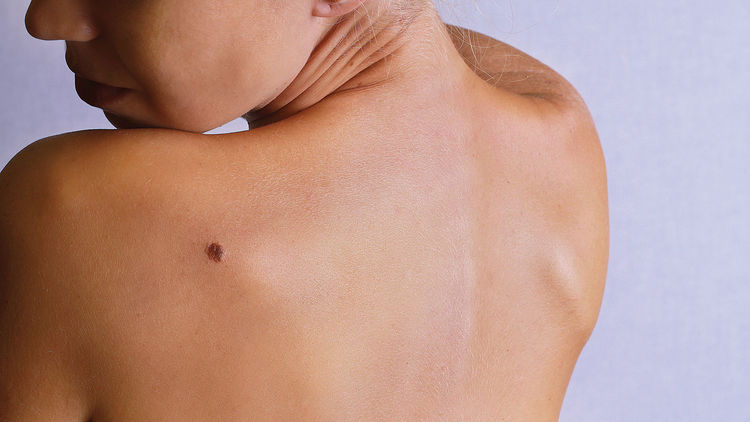Soldiers who served in the glaring desert sunlight of Iraq and Afghanistan returned home with an increased risk of skin cancer, due not only to the desert climate, but also a lack of sun protection, Vanderbilt dermatologist Jennifer Powers, M.D., reports in a study published recently in the Journal of Investigative Dermatology.

“The past decade of United States combat missions, including operations in Iraq and Afghanistan, have occurred at a more equatorial latitude than the mean center of the United States population, increasing the potential for ultraviolet irradiance and the development of skin cancer,” Powers said.
There were several factors contributing to the increased risk, including not only the desert and more equatorial latitudes, but also the length of sunlight exposure day to day, and, among many service members, a lack of training regarding the dangers of sun exposure and limited access to sunscreen.
For the study, Powers and her colleagues analyzed anonymous survey data from 212 veterans regarding sun exposure and protection during their last deployment.
Only 13 percent of participants said they routinely used sunscreen, while 87 percent reported their sunscreen use as “sporadic” or “sometimes.” Moreover, only 23 percent of veterans indicated the military had made them very aware of the risks of skin cancer.
The authors found that 77 percent of respondents spent four or more hours per day working in bright sun and 63 percent had at least one sunburn during deployment.
The authors also assessed the availability of sun protection gear, including sunscreen, shade structures, hats and sunglasses, from which they calculated a Sun Protection Availability Score. They found that working more than six hours in the sun was associated with lower Sun Protection Availability Scores.
While military personnel deployed overseas may often have survival priorities other than avoiding sun exposure, Powers notes that the study indicates a potential deficiency for access to sun protection that could translate to long-term health risks.
“Our study has identified factors that put veterans at risk for skin cancer, including melanoma, but we need to better understand the ‘why’ of sun protection in the field,” Powers said. “There is a suggestion that there are times when the lack of availability was associated with lack of use. Understanding how to provide practical and effective sun protection to servicemen and women in warm climates is the next step.
“This study demonstrates room for improvement for skin cancer prevention and early detection in the military population, including possible screening of higher-risk personnel,” she said.
The authors note that 80 percent of responses to the survey relied on recall of events that occurred over a year ago. As a majority of the participants were Army veterans, they also suggest that future studies should include national samples representing other military branches.